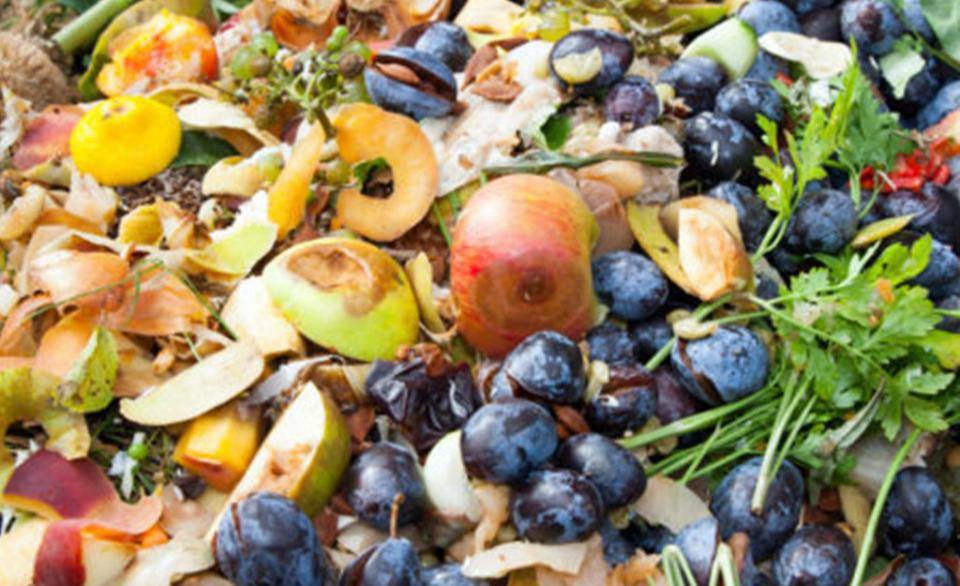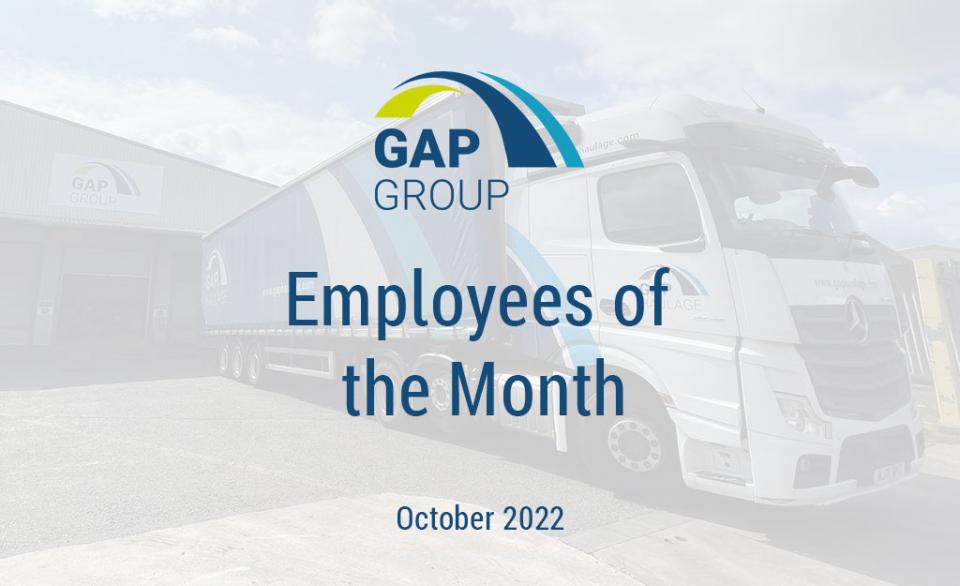Turning Waste into Energy
In our increasingly eco-conscious world, the search for sustainable energy solutions is more vital than ever. Anaerobic digestion and biogas production have emerged as powerful tools in for this and the processes not only help manage waste but also convert it into valuable energy (1). But what is anaerobic digestion, and how is biogas produced?
What is Anaerobic Digestion?
Anaerobic digestion is a natural process that breaks down organic materials, such as food waste in the absence of oxygen. This process occurs in a controlled environment, typically within a sealed container known as a digester. The process is facilitated by microorganisms that thrive in oxygen-free environments. Microbes feed on the organic material, breaking it down into simpler compounds and the result is two generated products: digestate and biogas.
Production of Biogas
Biogas is a renewable energy source composed mainly of methane (CH?) and carbon dioxide (CO?), The methane is what makes biogas a valuable energy source.
It is created in 3 stages:
Feeding the Digester: GAP Organics collect waste and feed into the anaerobic digester. Processing organic materials such as food scraps and manure.
Breakdown of Organic Material: Inside the digester, the organic material is broken down by the microorganisms. The complex organic compounds are hydrolysed into amino and fatty acids. These are then fermented into volatile fatty acids, before being converted into acetic acid, hydrogen, and carbon dioxide.
Methanogenesis: The final stage is methanogenesis, where more specialized microorganisms convert the elements into methane and carbon dioxide. At our biogas facility, the biomethane is injected directly into the National Grid as a renewable source of energy.
What are the Benefits of using GAP Organics?
The biogas that GAP Organics produces, in partnership with Wardley Bio Gas plant (2), are used to generate electricity, heat and vehicle fuel. Using anaerobic digestion provides a sustainable method of managing organic waste, which reduces the amount that ends up in landfills. The process also leaves behind a nutrient-rich digestate that can be used as a natural fertilizer, returning valuable nutrients to the soil.
GAP Organics harnesses the power of anaerobic digestion to create a more sustainable future. Specialising in converting organic waste which helps businesses reduce their carbon footprint. Services are tailored to meet unique client needs, and by using methods that meet regulatory requirements, GAP ensures that waste is managed responsibly and efficiently.
Whether you’re a farmer looking to manage agricultural residue or a municipality seeking to reduce landfill waste, GAP Organics offer the expertise and technology to help you turn waste into a valuable resource.
References:
1. https://www.sciencedirect.com/science/article/abs/pii/S0013935123010903
2. https://gaporganics.com/waste/wardley-biogas-plant/

 Navigate the GAP Group
Navigate the GAP Group
--720.jpg)
.jpg)


